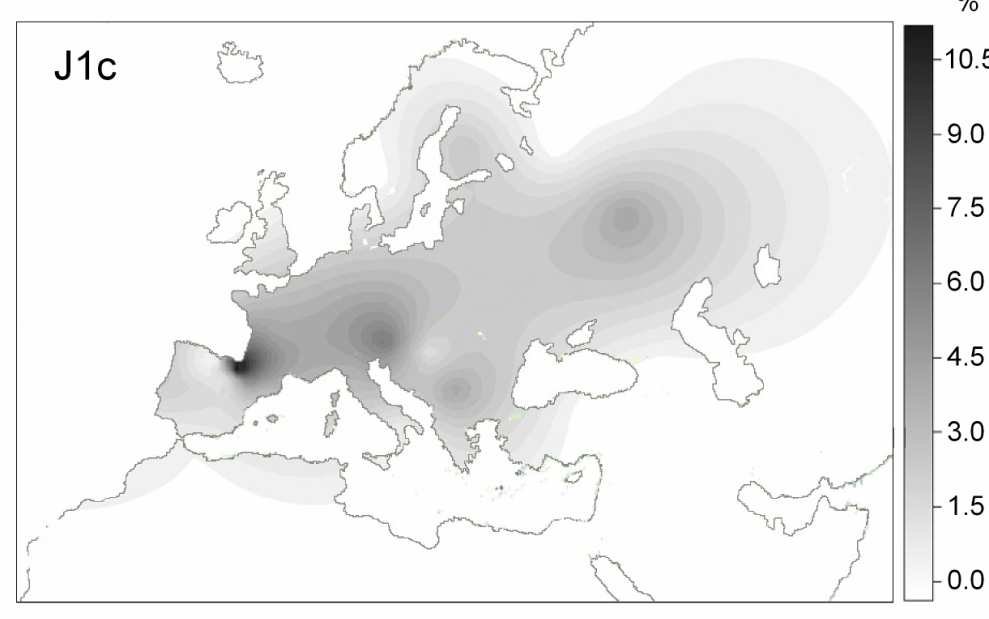A doctoral thesis at the UPV / EHU has made a detailed study of maternal lineages (mtDNA) from three native populations of the Cantabrian coast, in order to clarify the role of these populations in the postglacial recolonization of Europe. The study by Dr. Sergio Cardoso Martin confirms the importance of the lineages H1 and V, and further proposed to take into consideration
J1c lineages, and T2b U5b genetic markers as demographic milestone in the evolutionary history of human populations in Europe.
UPV / EHU
the Basque Country
16.10.2008 15:48
Marcadores genéticos de la recolonización europea
El estudio ha permitido confirmar la importancia de los linajes H1 y V —los más abundantes en la muestra de individuos analizados— como marcadores genéticos de la recolonización postglacial desde los refugios del suroeste de Europa. Asimismo, los datos del estudio demuestran que los subhaplogrupos T2b,
J1c y U5b constituyen ‘linajes maternos paleolíticos’ bien conservados hasta el presente y con frecuencias relevantes en la zona del
refugio franco-cantábrico, por lo cual se sugiere su inclusión en futuros estudios dedicados a la búsqueda de huellas genéticas del repoblamiento postglacial de Europa y a la evaluación del impacto de este hecho demográfico en el modelado del patrimonio genético de las poblaciones europeas contemporáneas.
Fuente: UPV/EHU
The study has confirmed the importance of the lineages H1 and V-the most abundant in the sample of individuals analyzed, as genetic markers of postglacial recolonization from refuges in southwestern Europe. In addition, survey data show that subhaplogrupos T2b, and U5b
J1c constitute "Palaeolithic maternal lineages' well preserved until the present and relevant frequencies in the Franco-Cantabrian refuge, which is suggested by their inclusion in future studies on the search for genetic fingerprinting of postglacial repopulation of Europe and assessing the impact of this demographic fact in shaping the genetic heritage of contemporary European populations.
http://www.agenciasinc.es/Noticias/...nisa-cantabrica-en-el-mapa-genetico-de-Europa
My God!, it is possible that my mitochondrial DNA comes from there.
I was tested at 37 chromosomes and my five match to 37 are in Scotland and other people some of Navarra to 12, but had not given importance.



